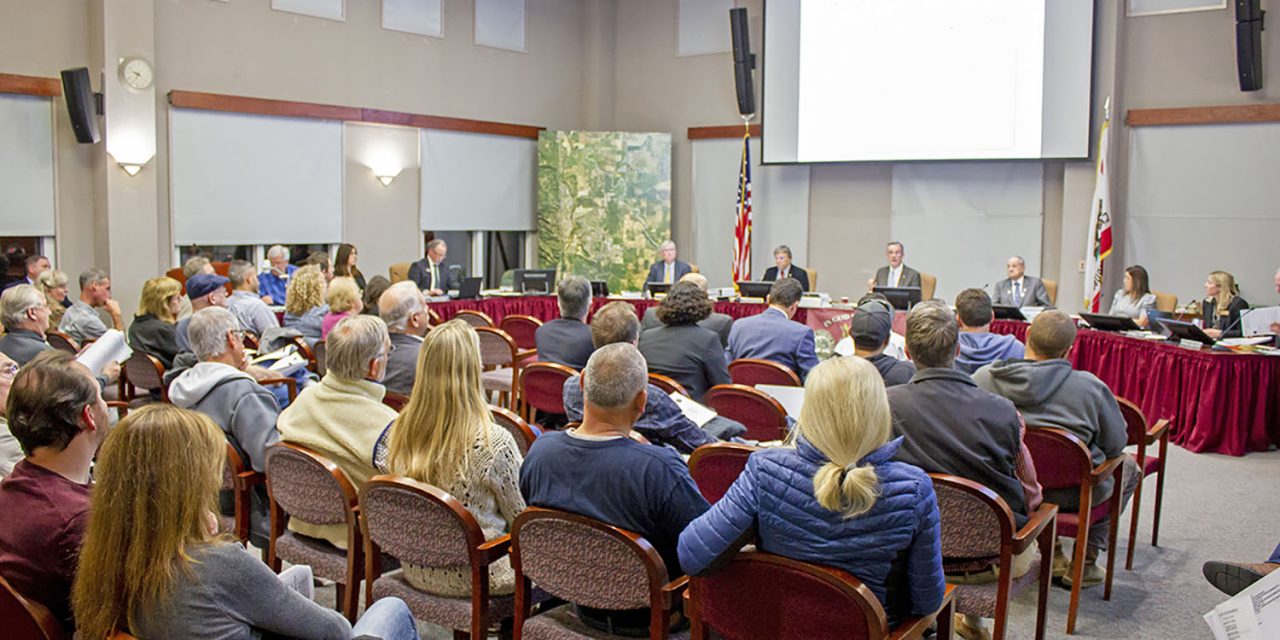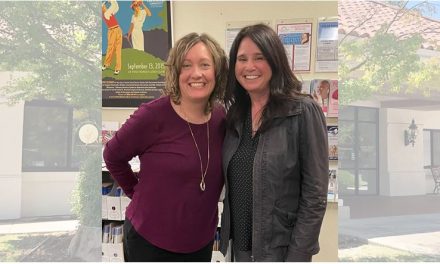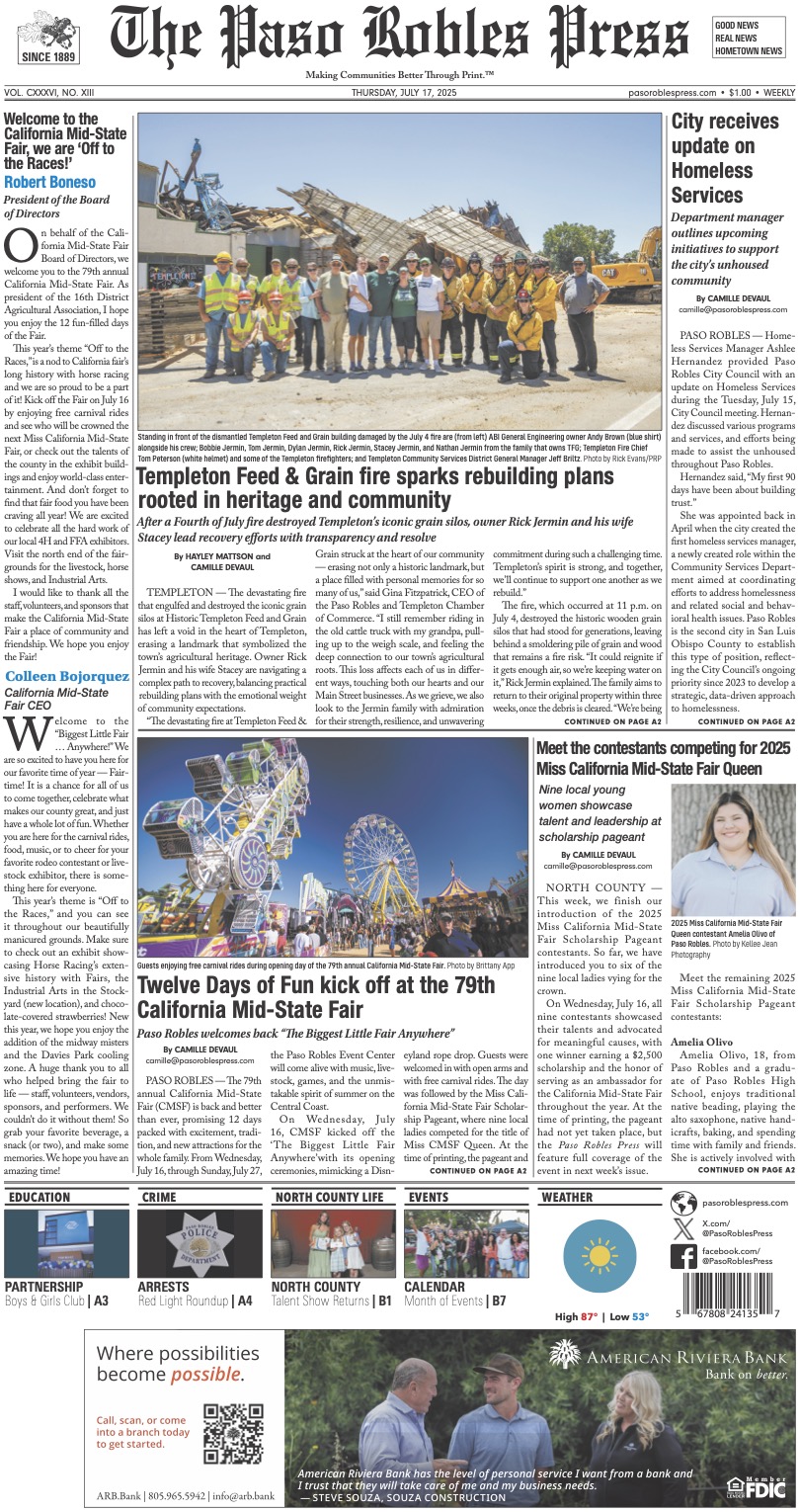PASO ROBLES — On Thursday, Feb. 20, the Paso Robles City Council unanimously approved plans for the Olsen-South/Chandler development project. Several residents stepped forward during the public comment portion of the meeting to voice concerns about the traffic the development would create at the southeast end of the city.
The Council and public listened to five hours of commentary and explanations revolving around the Olsen-South/Chandler project. City staff gave presentations on how to mitigate the impact on the area’s water supply and potential air pollution. However, the one thing the public seemed most concerned about was the traffic the project would create for Paso Robles.
Resident Andy Pekema gave a three-minute PowerPoint presentation to the Council listing reasons why the current traffic mitigation plan was not sufficient.
“So basically, on the east side, we have a huge problem that we only have three access points to get in and out of the east side, and that’s not really enough for our current population,” Pekema said. “Of course, we have schools along Creston and Niblick that complicate that a couple of times a day. The big issue is that none of the mitigation efforts this development is proposing is going to help with the basic problem.”
The plan to ease traffic that the Olsen-South Chandler project and possible future developments would create include two roundabouts along arterial routes, adding turn lanes and using “smart” traffic light that adjusts light times for current traffic conditions.
City Engineer David Athey said that the traffic plan is designed to address issues until the year 2045. He said, according to the plan, drivers would spend an additional four to five seconds at an intersection decades from now.
“We’ve have been planning for traffic in the city for a long time and in anticipation of this project coming in,” Athey said.
Olsen-South/Chandler Project Manager Mike Naggar told the Paso Robles Press that the developer has agreed to spend approximately $3 million to ease traffic congestion. He also said that the adjustments for traffic were not intended to mitigate traffic issues that this project would create, but the traffic that future developments may bring.
“We mitigate all of our traffic,” said Naggar. “So when all of our homes are in, it will be neutral.”
The project also adds a 1.9 percent property tax to each lot as a development impact fee on top of the state property tax. The funds received will be spent on infrastructure needs throughout the city.
















